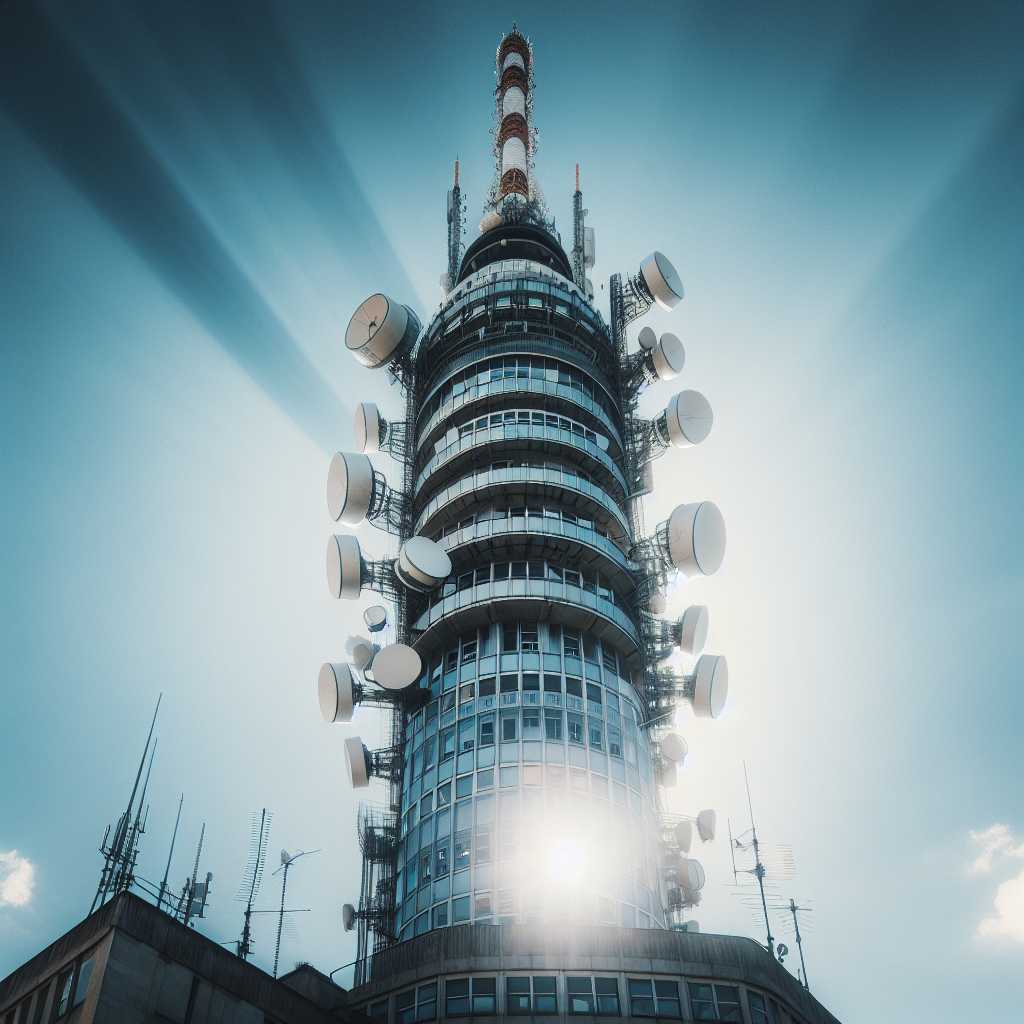The Significance of BT Tower in the History and Landscape of London
BT Tower, formally known as the Post Office Tower, is an iconic part of London’s skyline and an important piece of British telecommunications history. Opening in 1965, the tower has bore witness to the evolution of communications technology over the past several decades. This article will explain BT Tower’s historical importance, its role in modern telecommunications, the architecture and design elements that make it unique, and some interesting trivia related to this prominent structure.
A Historical Telecom Beacon: The Inception and Role of BT Tower
BT Tower was conceived during a time when rapid advancements were being made in telecommunications. As the demands for better and more secure communications grew, particularly after World War II, the need for a structure that would support the burgeoning technologies became clear. The Post Office, then responsible for telephone services, embarked on the project to build a high-rise tower that would handle trans-continental communications.
Designed by architects of the Ministry of Public Building and Works, with Chief Architect Eric Bedford at the helm, it was built to support microwave aerials that were used to relay signals across long distances. For a while, it was even classified information that the primary purpose of the tower was for communications – a little-known fact demonstrating its importance to national infrastructure and security.
For much of its existence, it has served as a hub for British Telecom’s (now BT Group) network. It allowed for signals to be transmitted nationally and internationally. The tower played an irreplaceable role before the rise of satellites in broadcasting television programs, making national and international live television possible.
An Architectural Triumph: Design and Features of BT Tower
BT Tower boasts an impressive modernist style that represented cutting-edge technology at its inauguration. Designed with functionality first, the narrow cylindrical shape helps reduce sway in high winds – a significant consideration given its 189 meters (620 feet) height. Its sectioned appearance conveys its layered functional internal use.
One of the most noticeable features was its revolving restaurant operated by Butlins, positioned just below the aerials at the top of the tower. Such were its heights that diners could enjoy panoramic vistas sunrise to sunset; however, despite the spectacular views treasured by Londoners and tourists alike, it was closed to the public for security reasons in 1981.
The tower underwent refurbishment in the early 2000s, during which it received a lighting system capable of displaying messages down its length. This feature has been used to celebrate events such as New Year countdowns and other public celebrations or awareness campaigns.
BT Tower Today: An Ongoing Communications Role
Despite changes in communication technologies over the decades from microwave links to fibre optics and satellites, BT Tower still plays a pivotal role in UK telecommunications.
The tower contains offices, technical facilities including communication links handing millions of voice data transactions daily–quite literally enabling technology that connects people from all corners of the world.
It is also involved in coordinating broadcaster’s links to vans covering news events or sporting fixtures across Britain. With a suite of satellite dishes adorning its crown post refurbishment, BT Tower maintains contemporary relevance and continues to contribute indispensably to both national communications infrastructure.
